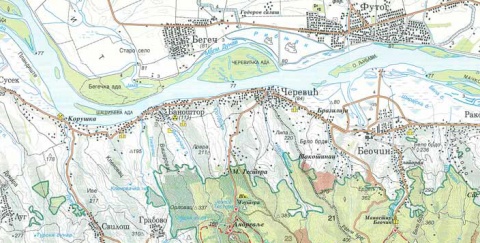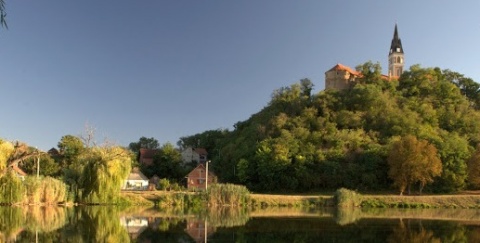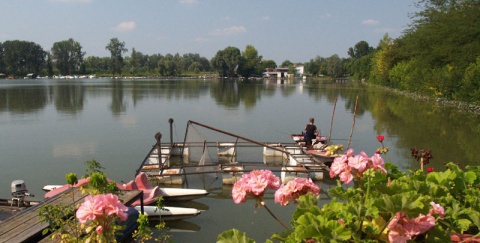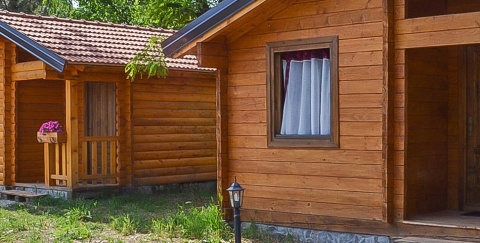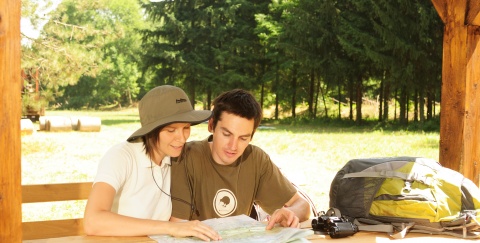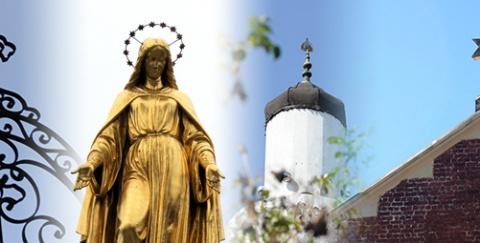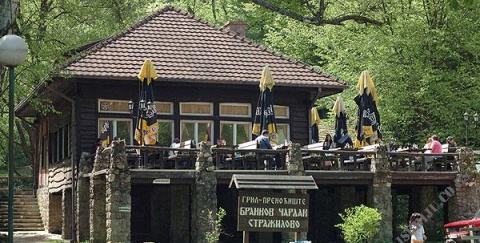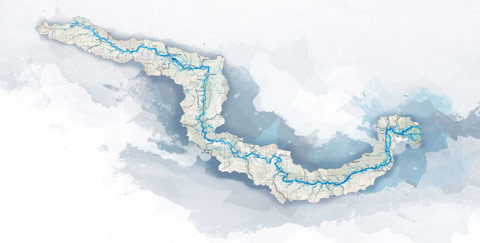
On the crossroads of the West and the East and the North and the South, on the banks of the river Sava (Latin: Savus), the Roman settlement Sirmium was originally probably founded by the Illyrians. Romans occupied it in 1st century BC and it quickly became one of the most important cities of the Late Roman Empire. In 294 AD, when the Empire was split into four parts (Tetrarchy), Sirmium was one of the four capitals, along with Augusta Treverorum (Trier, Germany), Mediolanum (Milan, Italy) and Nicomedia (Turkey).
Historians are still debating whether Sirmium had 100,000 inhabitants in the 3rd‒4th century AD. It is more likely that it was the size of modern Sremska Mitrovica (population: 41,600). Trajan started his campaign against Dacians here, Emperor Galerius had his seat here. Minimum five (according to some, ten) Roman emperors were born in or around Sirmium: Trajan Decius, Aurelian, Probus (who introduced viticulture in the area), Maximinianus Herculius and Gratian. Some emperors lived here: Domitian, Marcus Aurelius (he may have died in Sirmium too), Septimius Severus, Maximinus Thrax, Claudius II Gothicus and Diocletian. The usurpers Ingenuus and Regalia also lived in Sirmium. Sirmium was the seat of the government under Docletian, Licinius, Constantine the Great, Constantius II, Julian, Valentinian I, Gratian and Theodosius.The first bishop and martyr Irenaeus was beheaded on a bridge on the river Sava in 304 AD. Later, however, Sirmium hosted two synods (357–359).
The Sirmium Imperial Palace, a basilica, was discovered by chance during the construction of an apartment building in 1957. The roof of the new Visitor Centre now protects parts of once huge palace walls. The roof is made of wood and it lets in enough sunlight for the visitors to admire the remains of the administrative offices and emperors’ private residential chambers. The Visitor Centre (2680 m²) is wheelchair accessible and has an info desk, a souvenir shop, a bar and a restaurant. The East wall with three levels of mosaics and a marble fountain is best preserved. An ancient heating system (hypocaustum) was also discovered here. There is a large apse that is thought to have been a ceremonial hall for official receptions. It used to serve as a bath. The furnaces (praefurnia) of the heating system were installed in the inner courtyard. A pathway leads to this lower level. In total, there are 350 m² of mosaics to admire, mostly geometrical, polychrome, typical for late Roman Empire.
A scale model of Sirmium in the 4th century AD shows a road network, aqueducts, military fortifications and a circus (hippodrome). This only known unexcavated hippodrome was the second biggest in Europe (150 x 450 metres). It is 2–4 metres under the present-day city centre. A guided city tour includes the excavations of Roman handicraft stores and workshops and a visit the Archaeological Museum near St Demetrius Church. Its collection includes votive altars of legionnaires, a tombstone with a gryphon on it, a big mosaic from a villa rustica, a statue of Hercules, golden coins of Constantine and Helena made from the Dacian gold and replicas of gold bars. A gold Avar belt was found in the vicinity of the town (7th century). The marble head of the goddess Venus of Sremska Mitrovica (1st century BC) is one of the highlights of the collection. The final fall of Sirmium in 582 is commemorated by a brick. There is an old Latin prayer: “Lord Christ, help the city stop the Avars. Protect Byzantium and the one who wrote this. Amen”
DANUBE.TRAVEL has no control over the website content generated by users and/or visitors, neither such content represents a statement, opinion, recommendation or rating by DANUBE.TRAVEL. For further information please refer to DANUBE.TRAVEL – General Website Terms and Conditions of Use.
 EN
EN DE
DE
